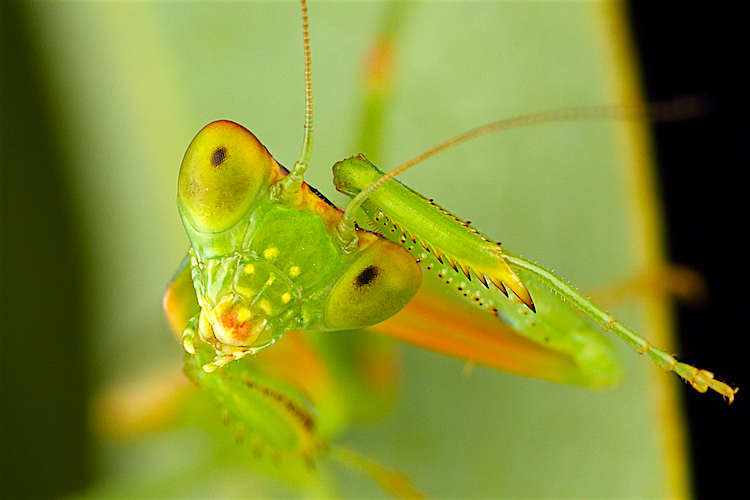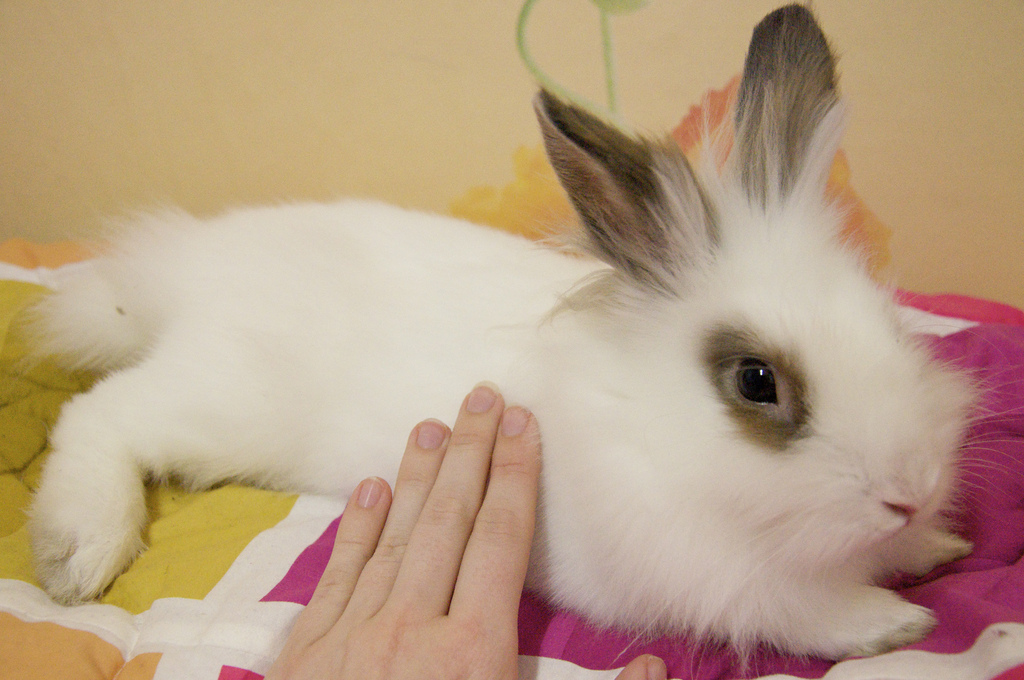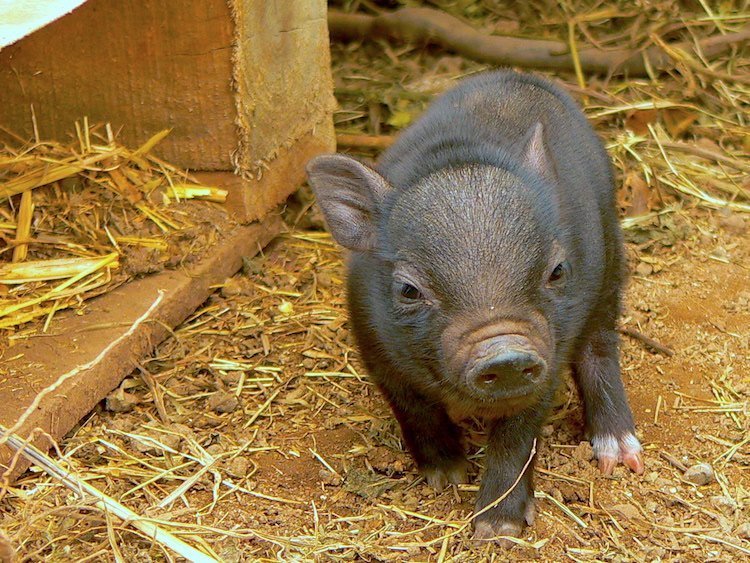Lambs as Pets: Great Companions or Bad Idea?
“Can I get lambs as pets, or is that a bad idea?” We answer that question and cover the basics of caring for a lamb.
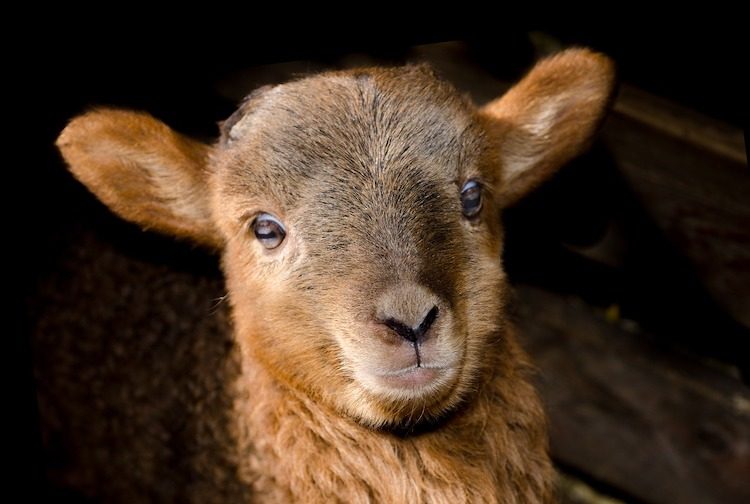
One of my co-workers just moved into a new house and has land for the first time.
She noticed lambs and goats on her neighbor’s property and saw the lamb go inside the house at night.
She asked me why, and I replied that the lamb is probably one of their pets. She didn’t think lambs could be kept as pets, but they can.

Don’t leave your pet’s safety to chance
Sign up for Petful recall alerts today.

Lambs as Pets: The Positives
Lambs are gentle animals that are easy to handle and respond well to humans.
They come in several different breeds, some of which require annual shearing (trimming) and others that shed annually.
The most popular breed is a miniature lamb.
Lambs are social animals and love to be around others. They can be playful and comical animals that form close bonds with their people. Raising one by bottle-feeding forms an even stronger bond since the lamb will think you are their mother.
Most lambs get along great with children and other pets.

- As long you have a female (called a ewe) or neutered male (known as a wether), you shouldn’t expect to have to make adjustments to your existing pets.
- Keep in mind that rams (males who have not been neutered) should be neutered as early as recommended — neutering an older ram once he shows signs of aggression is no guarantee of behavior control, and he may still pose a risk to other animals and humans.
Ongoing care is relatively minimal. If you have a wooled lamb, they will need to be sheared once or twice per year.
Vaccinations are recommended every year, as well as deworming since worms and parasites can cause anemia or death.
This video shows the playtime of 1 of 2 lambs kept as a pets:

The Downsides to Keeping Lambs as Pets
House-Training Lambs
First, lambs will poop and pee wherever — and whenever — they need.
This isn’t too conducive to an indoor-only pet, but several people with lambs use disposable diapers and cut out a hole for the tail. These will generally last a few hours, and as the lamb grows you can switch to larger sizes or adult diapers.
House-training a lamb is extremely difficult, so have a plan for the waste.
Horns on Males
Intact males or sheep with horns can grow larger and become aggressive toward other pets and people.
Horns can puncture furniture, walls and even people.
This is a safety concern, so most people recommend getting neutered males and removing horns. However, dehorning is considered a cruel procedure.
That’s why we urge you to choose a breed or strain that is naturally hornless (known as polled sheep). Or get a ewe rather than a ram, though you should be aware that even females can have horns.

Keeping Lambs as Pets May Be Illegal in Your Area
Before you start searching for a pet lamb, check with your local laws and ordinances.
Most places that allow this type of pet are rural areas. You may run into restrictions in suburban or city areas or be required to register your lamb, so do your homework first.
What if You Go on Vacation?
Another negative to consider is absence. Most kennels and sitters won’t allow you to drive on by and drop off your dog while also adding a lamb to the mix.
So make sure you have a plan for long absences, vacations or emergencies that require you to leave your pet.
A Veterinarian Who Treats Livestock
You’ll need an experienced veterinarian, so check to see which vets are near you and whether they treat livestock (specify that you are planning to get a pet lamb).
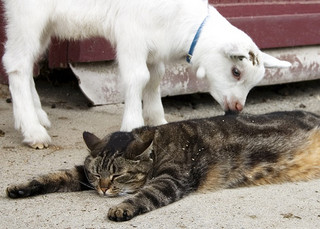
If you’re still interested in keeping a lamb as a pet, here are some other things to consider:
Containment
If you will be allowing your lamb outdoors, or keeping them outdoors, use a woven or net wire fencing.
We don’t recommend barbed wire or is tethering (tying the animal to a stake or other object by leash or rope). A lamb can get caught up in both of these and risks injury from a predator.
Lambs need shelter from heat and cold, so be prepared to build a shelter or adapt an existing outbuilding for this purpose. One suggestion is a large doggy door on a garage.
If you’re keeping your lamb indoors only, use baby gates to block off access as desired.
As lambs increase in size, they may also increase in their jumping height. So be prepared to install a higher gate or door to restrict access to off-limit areas.
Nutrition
Lambs need access to clean water at all times.
If you are bottle-feeding, get a replacement milk made for lambs. Sometimes goat milk replacements will work, and sometimes the lamb might encounter issues with both. Consult your veterinarian. Calf milk replacement or other forms of livestock milk are not recommended.
Sheep prefer coarse grasses like timothy. Your local feed store should sell an appropriate feed mix.
Grain supplements are good for young or elderly lambs, but make sure that you regulate the amount you give them since overfeeding grain can cause serious harm. Lambs will eat to the point of gorging themselves, so monitor their intake.
Excessive intake can also create bloat just as with dogs, and this can be fatal.
Lambs also enjoy salt blocks or loose mineral salt.
Speaking of dogs, here’s a cute video showing a pet lamb enjoying the outdoors with her roommates, a German Shepherd and a Doberman:

Don’t let your lambs eat from the garden or give them clippings. There are many non-native plants and flowers that are toxic to lambs.
If you have fruit trees, you will want to fence them in. Lambs love fruit trees and will eat from them until there is nothing left.
Make sure that anything you buy or give your lamb is specifically intended for lambs, or consult your vet. Most products made for goats are acceptable too, but check first.
Grooming a Pet Lamb
Some breeds will require shearing of their coat once or twice a year. Other breeds have a mixture of fur and wool and shed naturally.
If you plan to get a lamb to sell the wool for profit, you might want to reconsider. There is little profit or availability to sell the wool to commercial markets. They already have high-volume suppliers and pay the lowest prices.
If you have local craftsmen, hand spinners, or an arts and crafts outlet nearby, they might be interested in buying the wool from you.
You will also need to have the hooves trimmed as needed regularly. Doing this yourself can be difficult without experience, and once you see pink you are getting close to the nerves and blood vessels.
We definitely recommend letting a professional perform this part of the grooming since improper hoof maintenance can cause pain, difficulty walking and lameness.
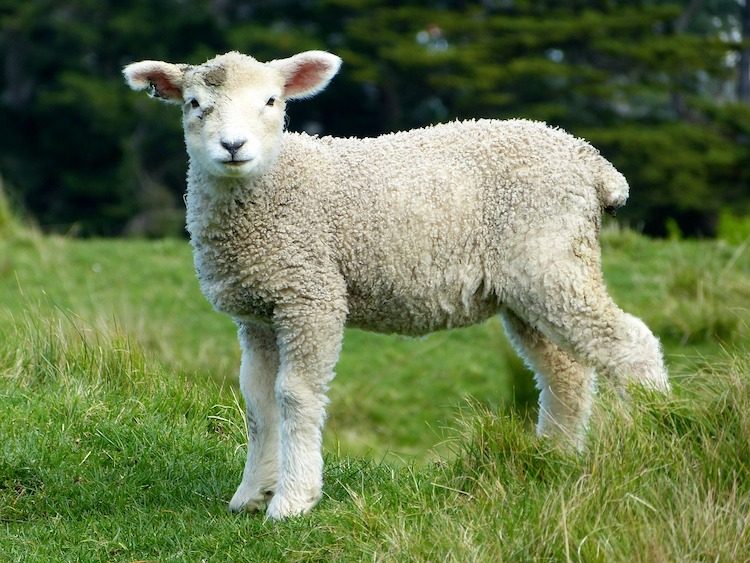
Final Thoughts on Keeping Lambs as Pets
These recommendations are important things to consider when choosing a lamb as your next pet, so check your local supply or feed store, consult a vet who is experienced with livestock, and ensure that you will be able to provide a safe and happy environment.
If adopting a lamb sounds ideal but you just don’t have the time or space, you can adopt one online.
If you do get a lamb as a pet or already have one, let us know about your experience in the comments below.
References
- “Sheep Make Great Pets. Ask Agnes.” Cleydael Farm. Dec. 4, 2006. https://cleydael.wordpress.com/2006/12/04/sheep-make-great-pets-ask-agnes/.
- “Sheep Management 101.” Barking Rock Farm. 2014. http://www.barkingrock.com/sheep101.htm.
- “Permits and Certifications.” U.S. Department of Agriculture Animal and Plant Health Inspection Service. March 7, 2016. https://www.aphis.usda.gov/aphis/resources/permits.


